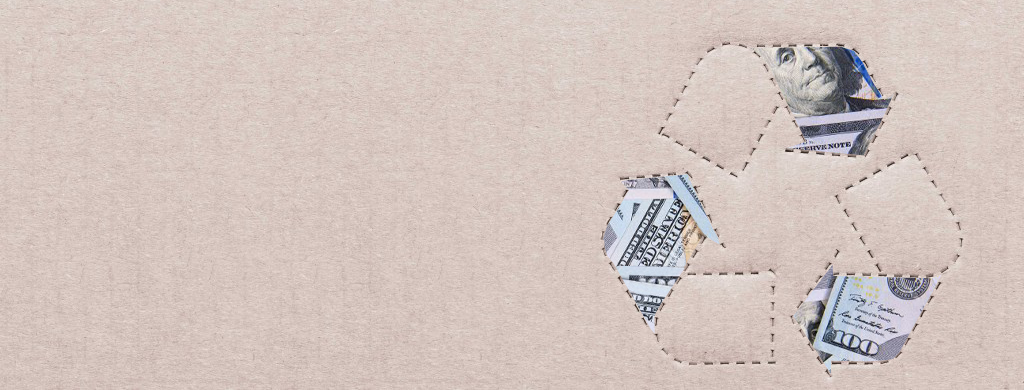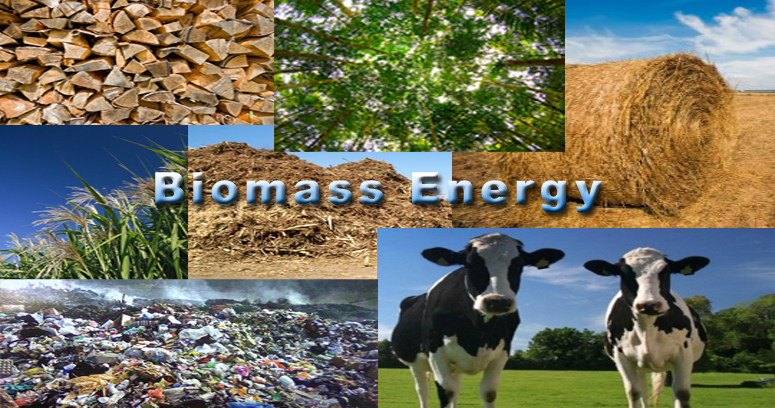Be Green: Eat the Ugly Produce
At Waste to Energy Systems, we are constantly looking for ways to be green and sustainable no matter how big or small the change. Sometimes it is the simplest change that can make a big impact! A recent one popular way to be green is as simple as buying the “ugly” produce on the super market aisle. A recent article discusses how picking up that strangely shaped potato or knobby tomato can make a huge difference in cutting down on food waste, a huge issue in the world.
From the article “Eat Hideously Ugly Produce If You Care About The Planet” from Huffington Post:
One of the simplest things you can do to help the planet thrive is to demand uglier produce. Buy the apple that has a funky knob coming out of its side. It’ll taste just the same as its cosmetically pleasing counterpart. Then tell your local grocer you want more uglies.

“It’s the low hanging fruit of sustainability,” as Jordan Figueiredo, the co-chair of the Zero Food Waste Forum, punnily puts it. Figueiredo and his partner Stefanie Sacks, a culinary nutritionist, are currently campaigning for a decrease in ugly food waste on Change.org. Their petition, which has more than 44,000 supporters as of August 6, is pushing big food retailers Whole Foods and Walmart to sell “less than perfect”-looking produce in their stores.
It sounds almost trite, but consider this: In the U.S., 26 percent of all produce is wasted before it even reaches the grocery store. (Even more is wasted once it lands in our kitchens.) A lot of that 26 percent is tossed because it doesn’t meet our standard of beautiful. While there’s no official government estimate on uglies waste, one farmer told NPR that about 30-35 percent of his crops is tossed “because of weird, cosmetic things they have.”
Discarding uglies isn’t good for our planet. When dumped into landfills, they decompose and produce methane, a gas that is 21 times the global warming potential of carbon dioxide. Methane absorbs the heat of the sun, further warming the atmosphere. That’s not to mention the water used in the farming process just to produce food that’s thrown away. According to the UN, the water required to grow food that’s eventually wasted (not just uglies, but all food that winds up uneaten) equals three times the yearly flow of Russia’s Volga River.
Food waste is a colossal issue: Americans waste about 40 percent of their food, according to the Natural Resources Defense Council. That’s enough food to fill 730 football stadiums. Yet in 2013, 49.1 million American lived in “food insecure” households, meaning they didn’t have dependable access to a commensurable amount of food. Instead of being thrown away, uglies can successfully be sold at a discount, making food more affordable, and farmers would be able to profit from more of their harvest.
The message in all of this seems to be the same one we’ve been taught since our pre-school days: Don’t judge a book by its cover. Eating ugly is a simple, proactive way to begin to undo the trauma we’ve forced upon our planet. There’s much more you can do to conserve and help the earth heal, but you can start by signing the petition and eating ugly.
#LoveUglyFood #EatGreen #Sustainable


